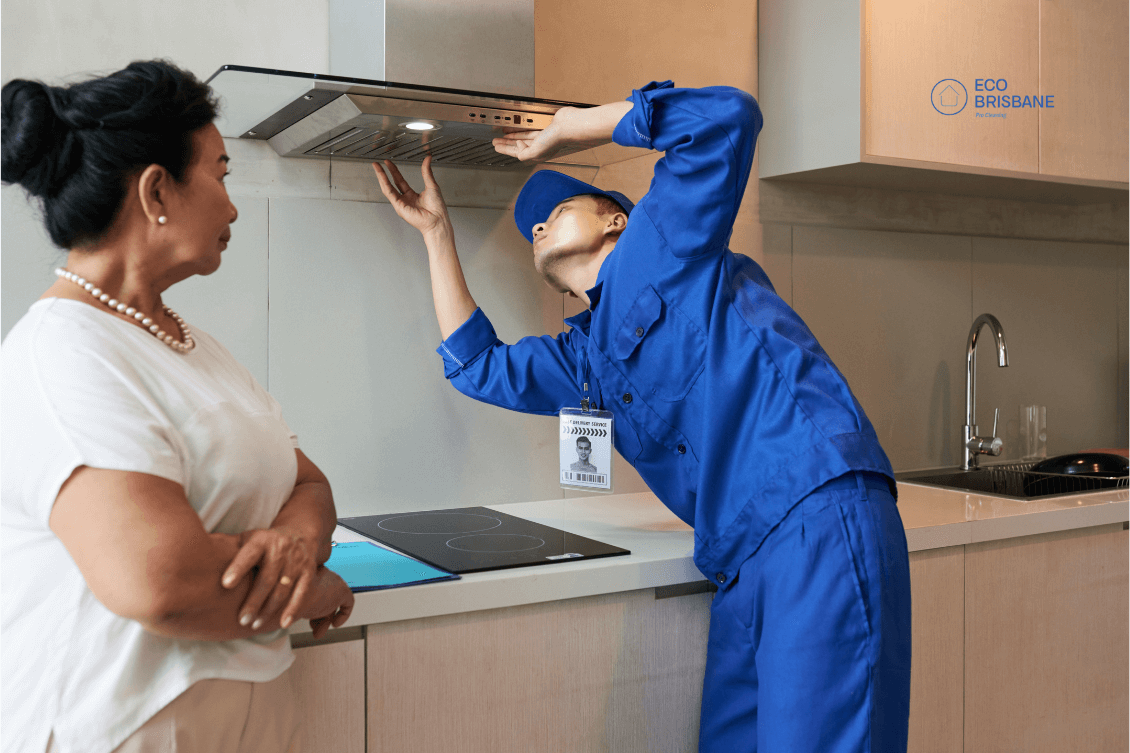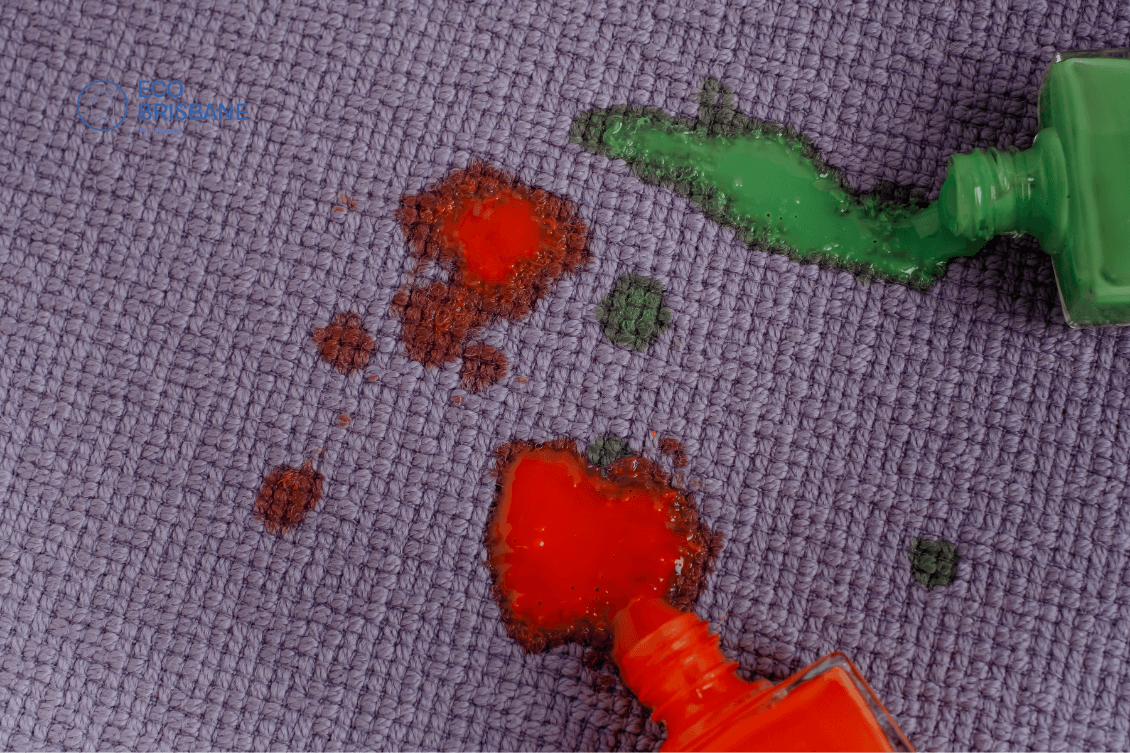Having a clean oven is important for both hygiene and maintaining your appliance. Over time, food splatters, grease and burnt-on residue can build up, making your oven look dirty and harder to clean. Ammonia is an effective and affordable cleaning agent that can help cut through grime and leave your oven sparkling.
This comprehensive guide will walk you through how to safely and effectively clean your oven using ammonia. We’ll cover preparation, step-by-step instructions and tips for maintenance. Follow these steps and you’ll have an oven that looks brand new!
Table of Contents
Preparing to Clean the Oven
Before bringing out the ammonia, take some time to prepare the oven for cleaning. This will make the process faster and more effective.
- Remove oven racks and wash separately. Racks can be soaked in ammonia solution as well.
- Remove any large debris, burnt food or trays from the oven cavity.
- Make sure the oven is completely cool before cleaning. Ammonia fumes are stronger in heat.
- Ventilate the kitchen by opening windows or turning on fans. This helps air circulation.
- Wear rubber gloves and eye protection to stay safe when handling ammonia.
Once the oven is prepped, it’s time to make the ammonia cleaning solution.
Making an Ammonia Cleaning Solution
Combining ammonia with water creates a powerful alkaline solution that can dissolve grime and grease. Follow these simple steps:
- In a large bowl or bucket, mix 1 cup of household ammonia for every 1 gallon of warm water. The exact ratio isn’t crucial; just avoid using straight ammonia.
- Mix well until the ammonia is fully incorporated in the water.
- You can also add 1⁄4 cup of baking soda for extra scrubbing power against burnt or stuck-on stains. Mix again until dissolved.
Your ammonia cleaning solution is now ready to use on the grimiest oven!
Cleaning the Oven Cavity
With the ammonia solution mixed, cleaning the inside of the oven is straightforward.
- Using a sponge or cloth, apply the ammonia solution liberally throughout the oven cavity. Scrub gently to avoid damaging the enamel coating.
- Let it soak for at least 15 minutes. For very dirty ovens, you can leave it overnight. This gives the solution more time to dissolve stains.
- Scrub problem areas like the back panel with a cleaning brush or scouring pad. The ammonia will loosen burnt food so you can wipe it away.
- Use rubber gloves and eye protection, and take occasional breaks if working with ammonia for a prolonged time. Ventilate the area.
- Once done scrubbing, wipe down the oven cavity thoroughly with clean water. This removes leftover cleaning residue.
- Dry with a clean cloth. The oven should now look shiny and free of grime.
Repeat this process for oven racks or trays soaked in ammonia as well. Scrub gently then rinse.
Cleaning the Oven Door
The exterior glass oven door tends to get smears and fingerprints that can also be eliminated with ammonia. Here’s how to clean the oven door properly:
- In a spray bottle, mix a lighter ammonia solution of 1⁄4 cup ammonia per 1 gallon of warm water.
- Spray a light coating over the oven door and let it set for a minute or two.
- Wipe down with a soft cloth, microfiber or even newspaper to handle smears and fingerprints.
- Rinse the glass door with warm water and dry with a lint-free cloth for a spotless shine.
Stainless Steel Surfaces
Any stainless steel surfaces on the oven exterior can also benefit from an ammonia cleaning.
- In a spray bottle, mix 2 tbsp ammonia and 2 cups warm water.
- Lightly spray stainless steel and wipe down with a microfiber cloth. Rub gently with the grain.
- Rinse with clean water and dry thoroughly with a soft towel. The warm ammonia solution leaves stainless steel sparkling.
Oven Cleaning Tips & Tricks
Follow these extra tips to get your oven looking like new again with ammonia:
- Never mix ammonia with bleach or acidic products, as this creates toxic fumes.
- Start cleaning when the oven is only mildly messy. It’s much harder to tackle layers of baked-on grime.
- For tough grease stains, let the ammonia sit overnight for maximum effect.
- An old toothbrush is perfect for scrubbing small crevices and corners in the oven.
- To maintain your clean oven, wipe spills promptly and use ammonia touch-ups regularly.
- Avoid using metal scouring pads or abrasive brushes, as these can damage the enamel finish over time. Let the ammonia do the work!
- Make sure to rinse the oven thoroughly of cleaning solution residue before using again.
With some elbow grease and ammonia cleaning, even the dirtiest oven will be restored to a like-new condition. No need for harsh chemical oven cleaners. This comprehensive guide outlines a simple, affordable method to melt away grime and leave all oven surfaces shining. Use ammonia regularly to keep your oven looking spotless.
As a leading cleaning company, Eco Cleaning Brisbane have been providing top quality oven cleaning services for homes across Brisbane for over a decade. Give us a call for an instant quote!
FAQs About Cleaning an Oven with Ammonia
✓Should I wear gloves when cleaning the oven with ammonia?
Yes, rubber gloves are highly recommended when cleaning with ammonia. The fumes and solution can irritate skin and hands with prolonged exposure. Gloves let you scrub without this irritation.
✓What ratio of ammonia to water should be used?
A typical oven cleaning solution is 1 cup of ammonia per 1 gallon of warm water. Stronger mixtures can be used for very dirty ovens. Never use straight ammonia.
✓Is it safe to clean a self-cleaning oven with ammonia?
No, avoid ammonia or any cleaner on self-cleaning oven cycles. The high heat can create toxic fumes. Clean regularly instead with ammonia to avoid needing self-clean.
✓Can I use ammonia on an oven with a catalytic liner?
Avoid ammonia or other caustic cleaners on ovens with catalytic liners, as it will damage the liner over time. Use gentle cleaning like dish soap and water instead.





